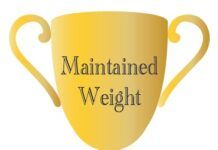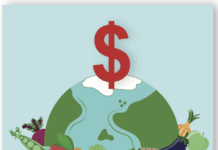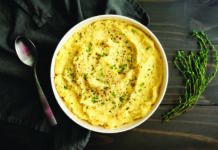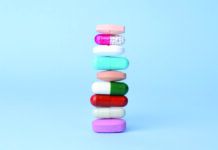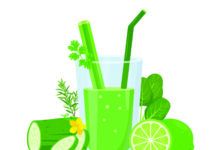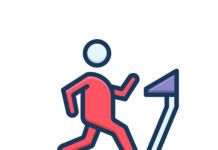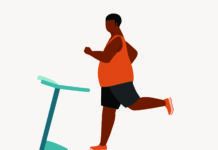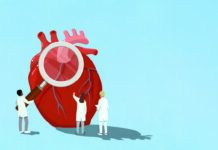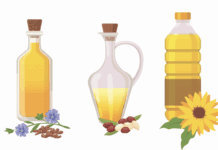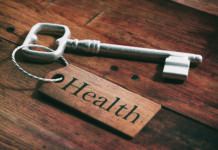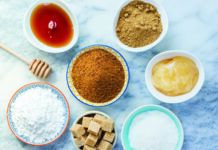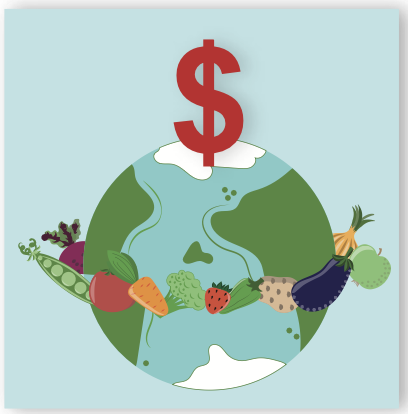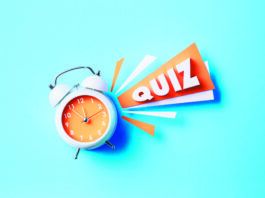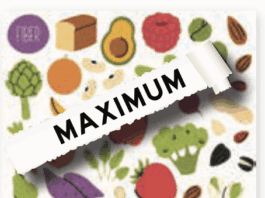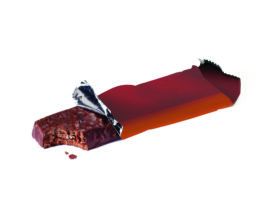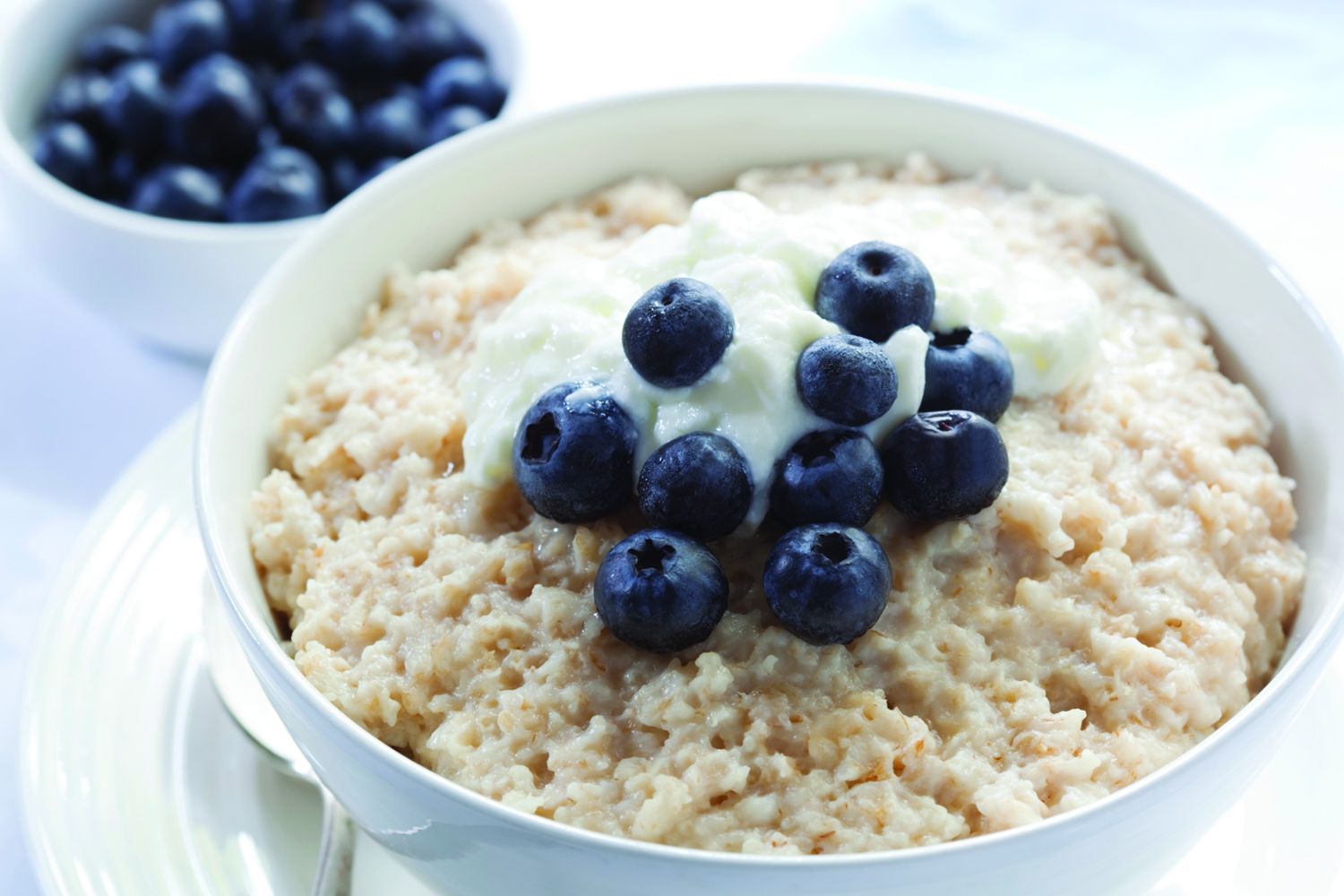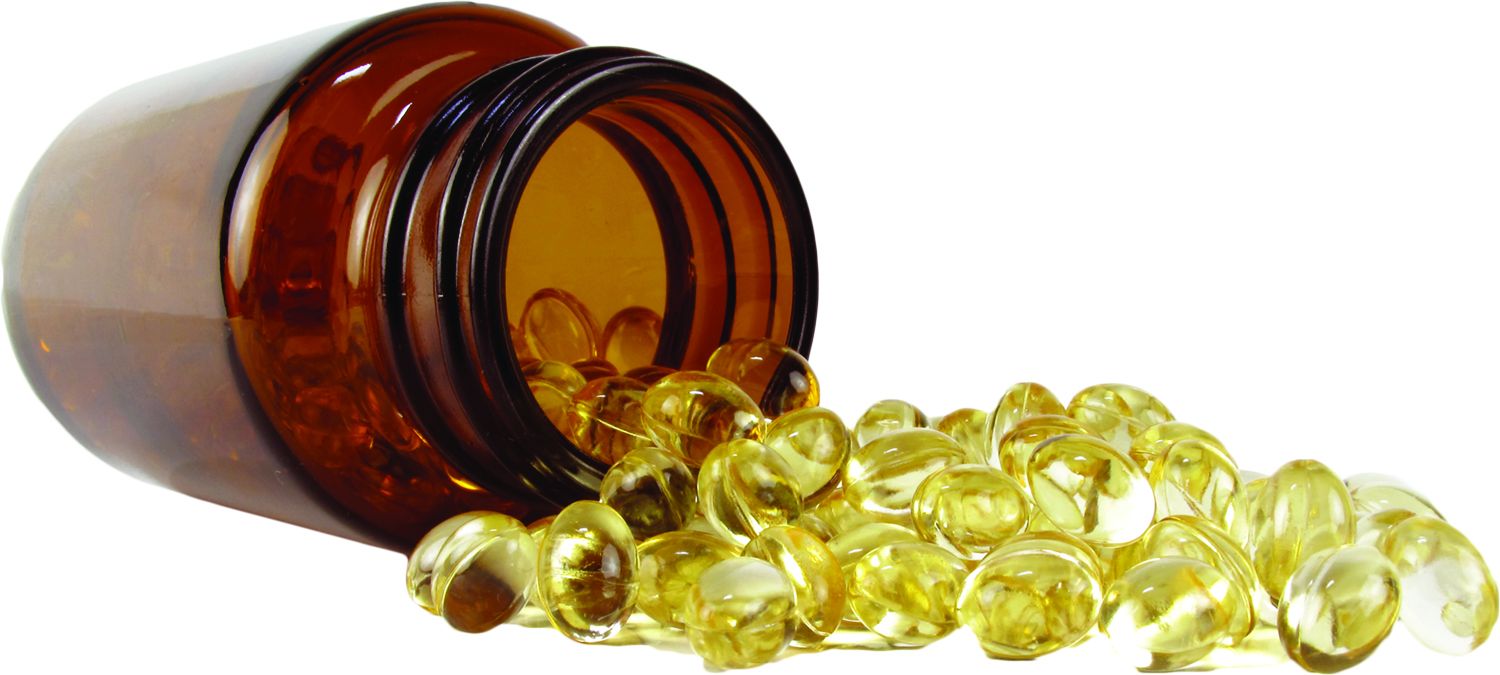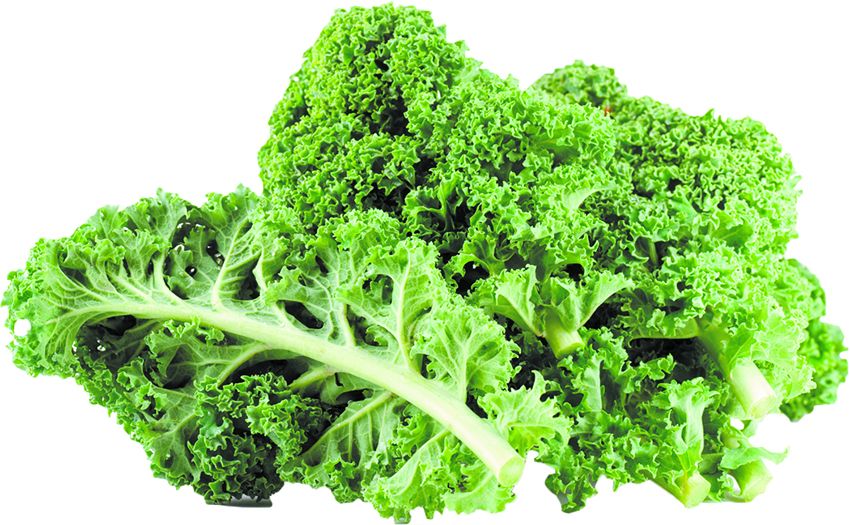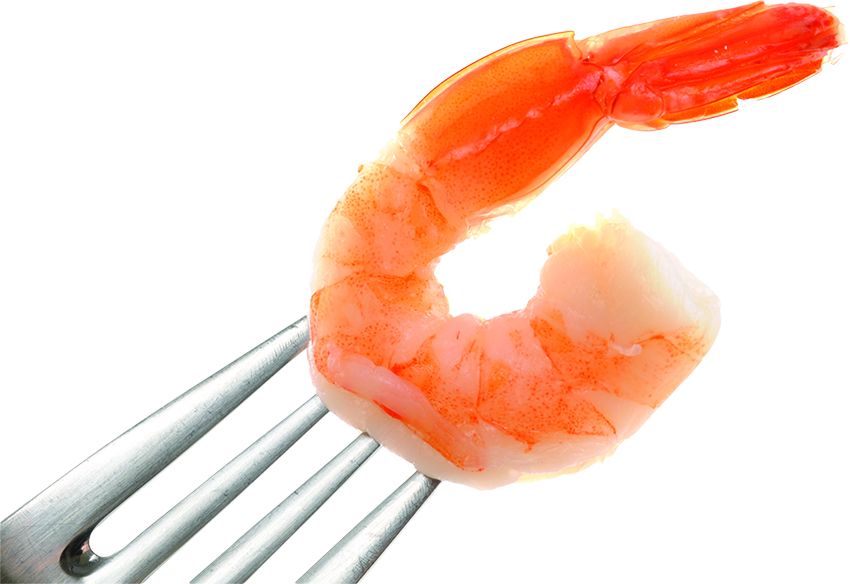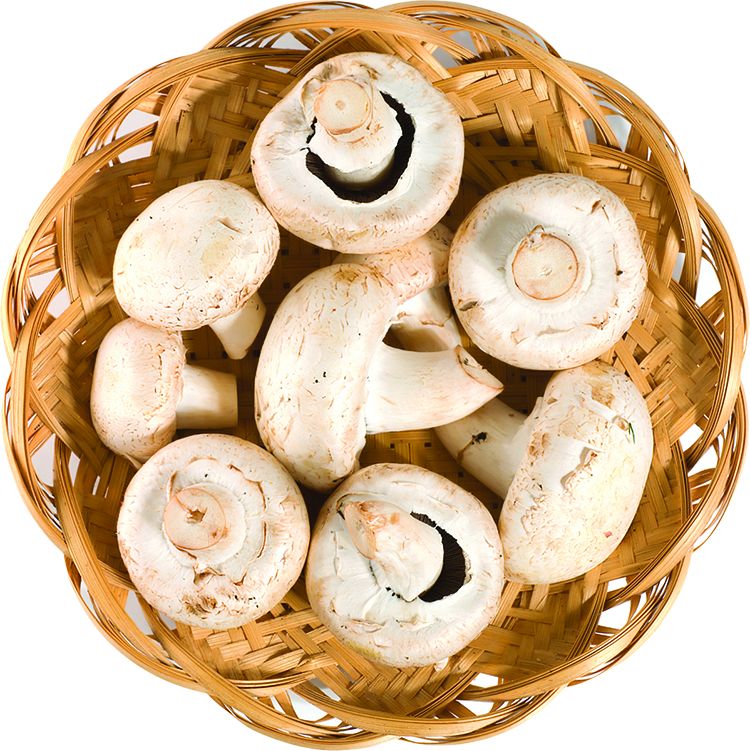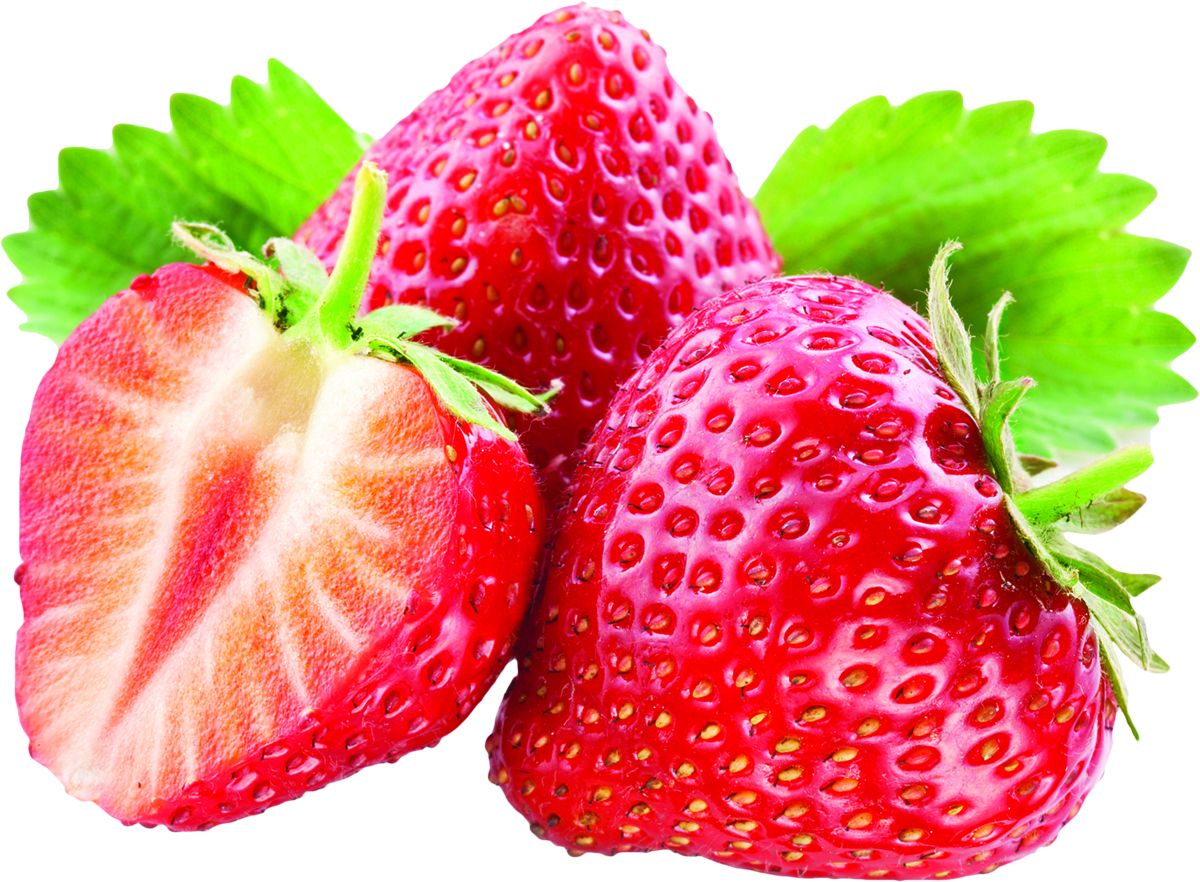Dietary Fiber Has Benefits Beyond Regularity
If youre among the estimated 80% of Americans who dont get the recommended daily amount of dietary fiber, youre missing out on an array of health benefits-many of which arent directly connected to fibers well-known boost to regularity.
Be Aware and Beware of What the Label Says
With questions raised about calorie counts, vitamins and fish, it pays to shop smart.
Try Kale for Vitamin K and Cancer Protection
Kale may well be the it vegetable of the moment, celebrated in everything from cooking magazines to health websites. But unlike some food fads, this nutritious leafy green deserves the attention its suddenly getting.
Update for Dietary Guidelines Underway
Two Tufts experts will be among the 15 scientists working to update the federal
Progress Seen on Cutting Trans Fats-But Slowing
A new report published by the Centers for Disease Control and Prevention
Nutrition Labels Coming for Alcoholic Beverages
You may soon be able to see how many calories and carbs youre downing with that alcoholic drink
Can You Get Jumbo Benefits from Eating Shrimp?
What you need to know about Americas favorite seafood.
Mushrooms a Surprising Source of Vitamin D
Mushrooms are the only food in the produce aisle that naturally contains vitamin D, the sunshine vitamin thats essential for bone health and associated with a wide range of other possible health benefits.
Lowering the Glycemic Index of Your Diet Pays Health Dividends
If youve heard of the glycemic index (GI for short) but arent quite sure whether you need to pay attention to it-or exactly what it means-youre hardly alone. Scientists have been debating the merits of measuring the glycemic index since its introduction in 1981. The glycemic index uses a 100-point scale to measure how rapidly the carbohydrates in a food cause blood sugar to rise. Glycemic load (GL) adjusts this figure by taking into account serving sizes and the amount of carbohydrates per serving.
USDA Allows GMO-Free Meat Labeling
For the first time, the US Department of Agriculture has approved

